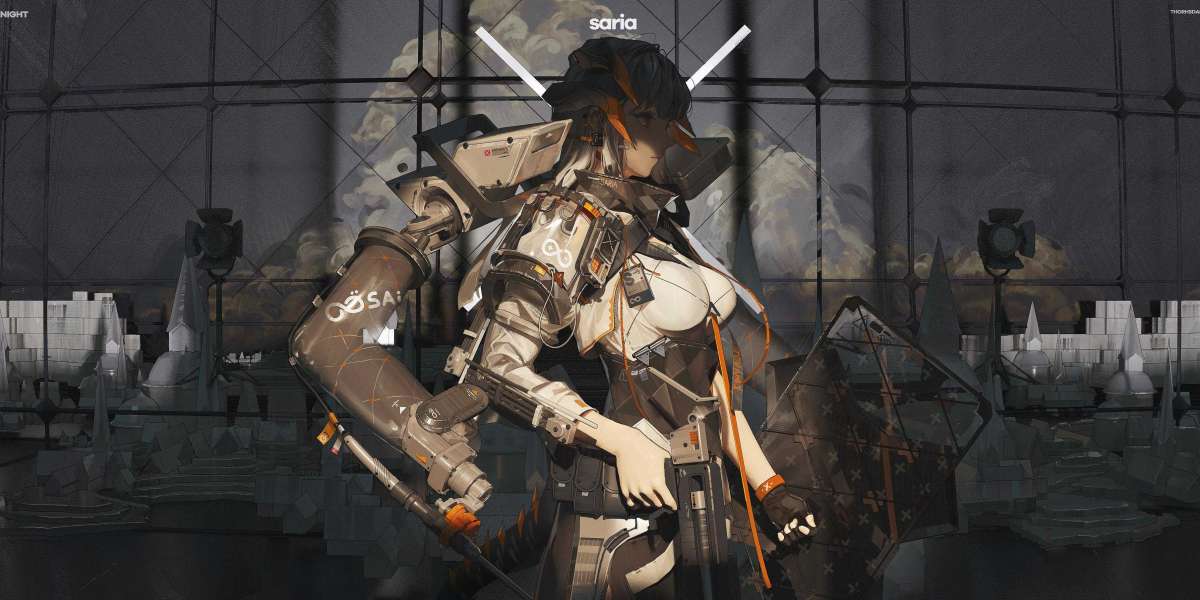Introduction:
In the year 1968, a spark of rebellion and social discontent engulfed the world, as young people across continents found their voices and united against the prevailing status quo. This year witnessed an unprecedented wave of protests and upheaval, fueled by a desire for change, freedom, and justice. One event, in particular, stands out in the historical landscape of 1968. It took place in July of that year, shaking the United States' political establishment to its core and leaving an indelible mark on the fight for civil rights and social equality.
Erupting Flames of Protest:
July 1968 saw the culmination of grievances and frustrations that had been building for years. The assassination of Dr. Martin Luther King Jr. in April had deepened racial tensions and further polarized American society. In the midst of this maelstrom, the Democratic National Convention was scheduled to be held in Chicago, Illinois. The convention was expected to be a critical turning point in the upcoming presidential elections. However, what unfolded in the streets of Chicago during those fateful days was far from the peaceful democratic process that had been anticipated.
The Democratic National Convention, held from August 26 to August 29, brought together party representatives, activists, and journalists from around the country. The city of Chicago had transformed itself into a fortress, with an overwhelming police presence aimed at preventing any potential disturbances. However, the sheer magnitude of the protests, the confrontations with the police, and the brutality that unfolded stunned the nation and the world at large.
Young people, vehemently opposed to the Vietnam War, racial inequality, and government oppression, dominated the crowds that flooded the streets surrounding the convention center. The heated confrontations between protesters and the police rapidly escalated into violent clashes, defined by tear gas, batons, and mass arrests. Television screens around the nation broadcasted images of police brutality, as young activists were beaten and bloodied by officers who represented the very system they were fighting against.
Inside the convention center, amidst the chaos outside, a bitter internal struggle erupted within the Democratic Party. Disagreements over the Vietnam War and civil rights further deepened the divisions that would ultimately lead to the election of Richard Nixon as the 37th President of the United States.
Although the outcome of the 1968 Democratic National Convention disheartened many protesters and supporters of progressive change, it became an emblematic moment illustrating the deep-rooted social and political divisions prevailing in America. The event showcased the determination and resilience of young activists who sought justice and equality, paving the way for future protests and social movements that would continue the fight for a more fair and just society.
Conclusion:
The protests that unfolded during the 1968 Democratic National Convention left an indelible mark on American history, embodying the spirit of youth rebellion against the status quo. The violent clashes between protesters and police exposed the fault lines running through American society, revealing deep-seated racial tensions and ideological divides. The events of July 1968 served as a catalyst for subsequent protests and movements, igniting a fire of social change that would shape the future of the United States.








